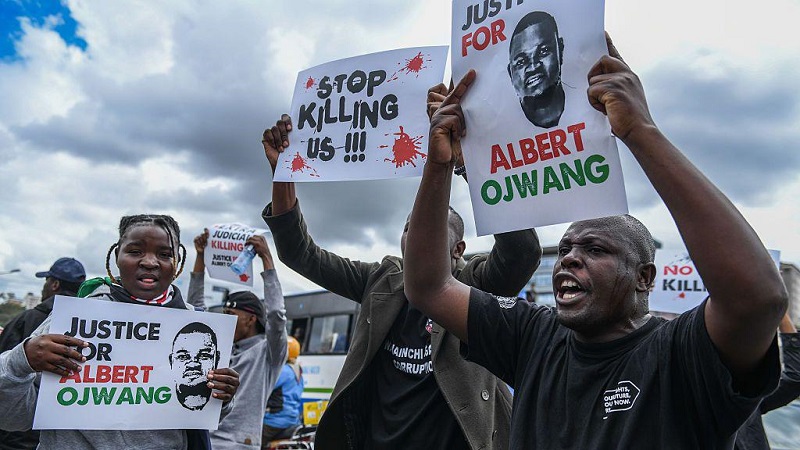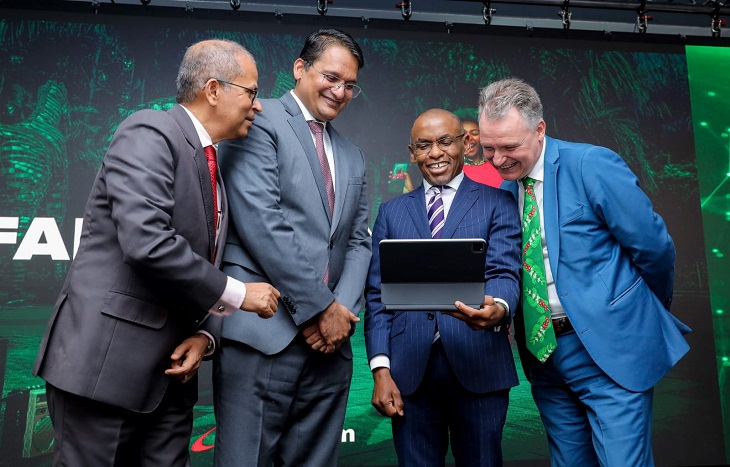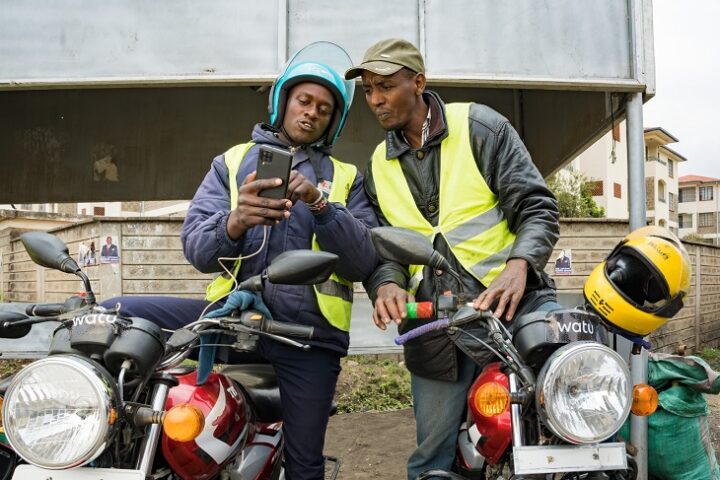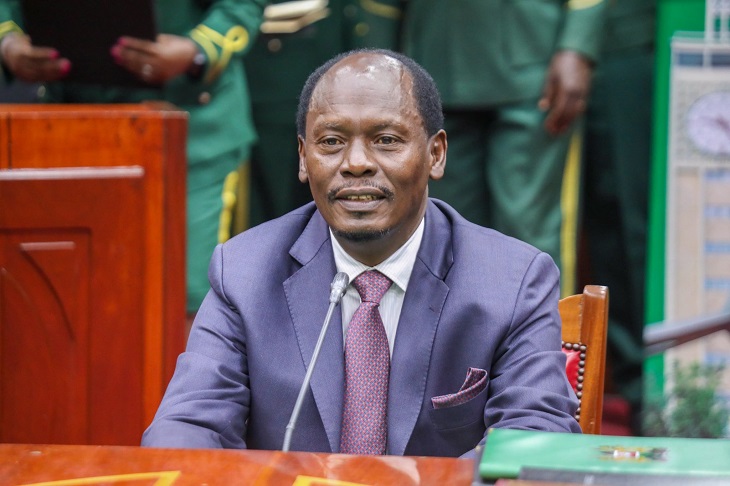It is estimated that by 2025, a third of the world will be covered by 5G networks. GSMA Roadmaps for 5G spectrum report projects that these networks will benefit some 614M unique mobile subscribers and 475M mobile internet users.
Here in Africa, about 272M of Sub-Saharan Africa’s 477M unique mobile telecommunications subscribers access mobile internet. This growth is also coupled with a continuous evolution in mobile telecommunications from 2G networks, which provided voice and SMS services, to 3G networks, which introduced mobile data.
This evolved further into 4G networks, which led to the dawn of the smartphone and apps era, and now to the arrival of the 5G network which is expected to enable unprecedented levels of connectivity.
5G which is an abbreviation for ‘fifth generation’ is upgrading 4G networks with five key functional drivers: superfast broadband, ultra-reliable low latency communication, massive machine-type communications, high reliability/availability, and efficient energy usage. These features will transform many sectors, such as technology, manufacturing, healthcare, and transportation.
A report on 5G in Africa by GSMA, a global trade organization for mobile operators, estimates that only seven African countries, including South Africa, Nigeria, and Kenya, will have 5G by 2025. And this will account for only 3% of mobile data compared to 16% globally.
South Africa became the first country in Africa to commercially deploy 5G networks in 2020 using a temporarily allocated network spectrum. In Mauritius, T-Mobile launched 5G mobile services in the Indian Ocean island nation where two other providers have also been issued with licenses. Ethiopia is the latest country in Africa to roll out commercial 5G which is currently only available in the capital, Addis Ababa, to Ethio Telecom subscribers.
Closer home, Safaricom and Airtel in Kenya and MTN in Uganda have all conducted 5G trials. The network regulator in Kenya has begun auctioning the 5G spectrum with Safaricom reportedly allocated a 60 megahertz spectrum in the 2600 MHz band while in Uganda the regulator is currently reviewing spectrum bands in readiness for rollout.
Nigeria which is Africa’s most populous country has not had any commercial 5G deployments but the regulator has developed a document detailing its rollout plans.
5G will be instrumental in Africa’s leapfrogging to ‘industry 4.0.’ Automation of traditional manufacturing and industrial practices using smart technologies. The high speed and low latency 5G provides will lead to relevant use cases in Africa such as Healthcare advancements and Telehealth using Augmented Reality (AR) and Virtual Reality (VR), efficient agriculture production through the use of agri-sensors, and factory and warehouse automation.
The technology will also deliver high-speed broadband to homes and offices, smart cities and buildings, smart metering for utilities, smart retail service, and facilitate remote learning, and immersive video conferencing. For businesses, it will also be applicable for customized advertising and business process efficiencies using AR, VR, and the Internet of Things (IoT).
One of the main challenges to building 5G infrastructure in Africa is the size of the territory. 5G operates on higher bandwidths and requires multiple radio sites to support it. Considering the vast scale of the region and low population densities in remote areas, this will adversely affect deployment.
Another challenge is that 5G is a fully new architecture that requires a complete change in the core network. This can be costly and challenging for operators in complex and competitive markets.
Despite substantial increases in mobile broadband coverage since 2014, over half a billion people who are living in areas with a mobile broadband network in Sub–Saharan Africa are not using mobile internet according to the GSMA Mobile Internet Connectivity report 2021. While Affordability has improved substantially the cost of smartphones remains a barrier. If African consumers can’t afford 4G, they may be unable to afford 5G or the new devices needed to use it. The cost of rolling out 5G versus the potential return on investment for investors will be a key consideration.
While 5G is inevitable, the adoption is not imminent in most African markets as the current technologies deployed can serve customers’ current use cases and mobile connectivity demand. The 5G adoption journey in Africa will take some time, due to the challenges highlighted above.
The integration of 5G into lives and work has the potential to positively impact African communities and economies. Even though there are challenges that might adversely affect the 5G use case, we expect that 5G will inevitably scale due to advances in mobile technology.
Government regulators must properly define their 5G roadmap; telecommunications operators must assess appropriate business models, and users must find ways to realize the benefits of this new technology. All parties must work together to maximize the opportunities that 5G will create in Africa.
Spectrum planning is key to the successful rollout of mobile services. Spectrum relates to the radio frequencies allocated to the mobile industry and other sectors for communication over the airwaves.
Governments should agree on the general objectives for future digital developments before defining the 5G roadmap. This should guide spectrum availability and methodology of assignment to achieve coverage, affordability, and extensive digital inclusion. Once that is done, a roadmap should be put in place covering: the identification of spectrum, spectrum clearance, technology definition and restrictions, spectrum valuation, award design, and award implementation. This should be done with input from stakeholders.
Operators can minimize deployment costs by having access to sufficient spectrum, thereby enabling countries to benefit from the potential growth in GDP afforded by mobile services. Limited spectrum will require operators to deploy additional base stations to meet traffic demand and this can have an impact on further investment in the geographic roll-out, quality of services, and prices
Operators and network equipment vendors in the region need to make plans to prepare existing network infrastructure for 5G, adopt cost-effective infrastructure deployment solutions (such as network sharing, energy efficiency solutions, and innovative network financing models), and develop a framework to manage the complexity of operating multiple networks simultaneously.
Policymakers should engage cross-industry players to co-create a value-generating ecosystem and align ecosystem stakeholders to realize the value potential of 5G. They should collaborate with the people who will create, use, and benefit from the technology throughout the process.
Laolu Akindele
Associate Director
Risk Assurance Services, PwC Kenya
+254 (20) 285 5612
laolu.x.akindele@pwc.com
LinkedIn: https://www.linkedin.com/in/laoluakindele/?originalSubdomain=ke













